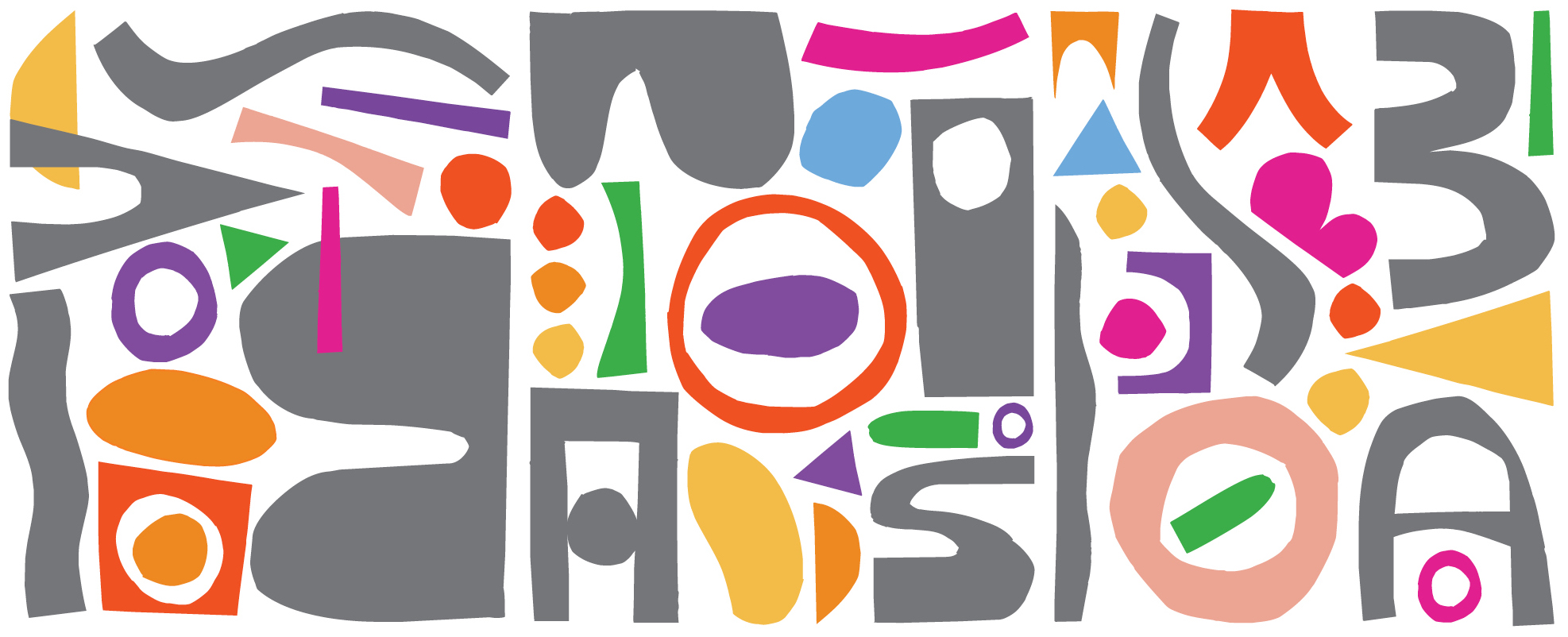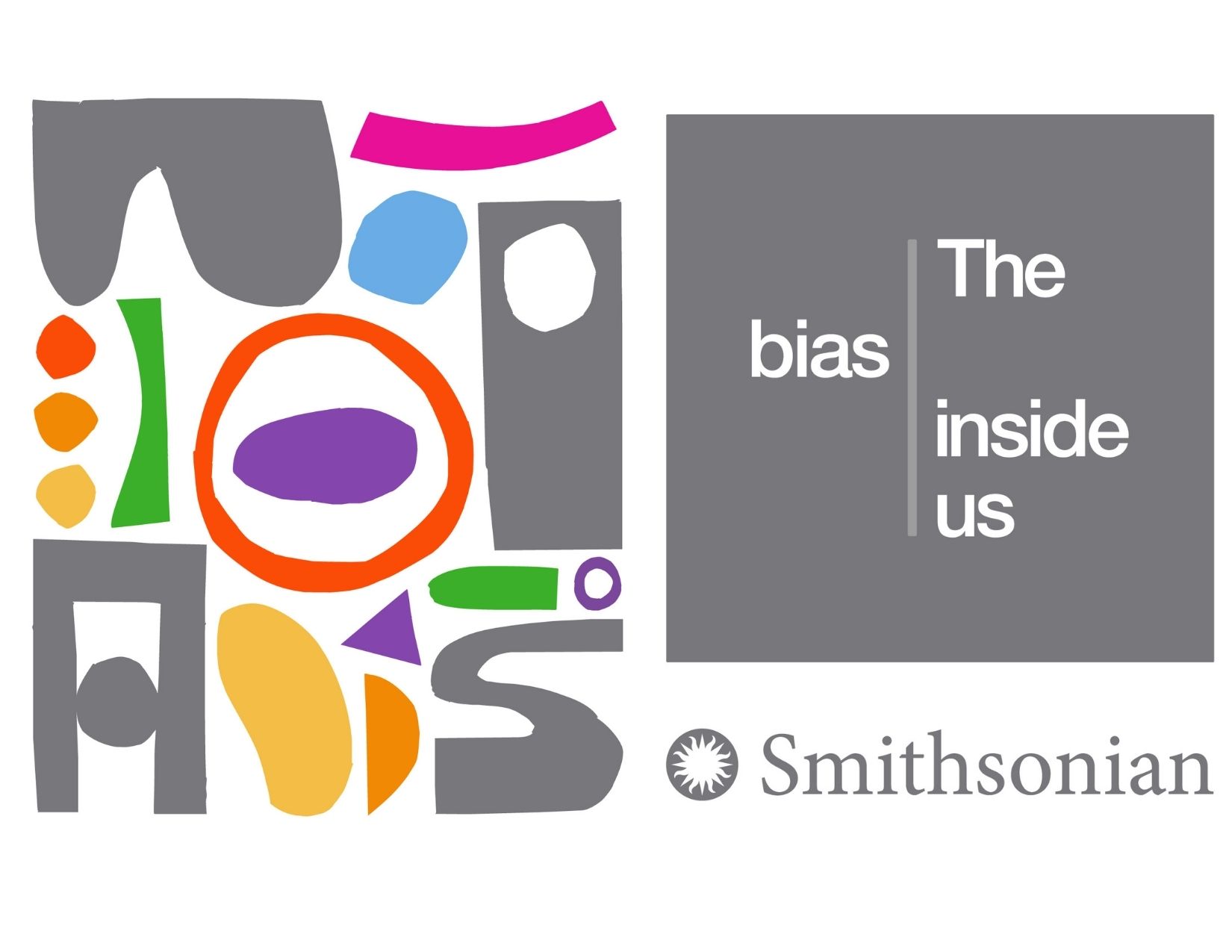
Past Exhibition
The Bias Inside Us
Resources
Explore The Bias Inside Us educator toolkit, scientific research materials, and learning lab that include posters, discussion questions, activities, articles, and collections to understand, contextualize, and challenge implicit bias.
Resources
November 18, 2023 - January 28, 2024
Japanese American National Museum
100 North Central Avenue
Los Angeles, CA 90012
Resources
Explore The Bias Inside Us educator toolkit, scientific research materials, and learning lab that include posters, discussion questions, activities, articles, and collections to understand, contextualize, and challenge implicit bias.

Resources
November 18, 2023 - January 28, 2024
Japanese American National Museum
100 North Central Avenue
Los Angeles, CA 90012
Resources
Explore The Bias Inside Us educator toolkit, scientific research materials, and learning lab that include posters, discussion questions, activities, articles, and collections to understand, contextualize, and challenge implicit bias.

Exhibition Resources

The Bias Inside Us Educator Toolkit
Use The Bias Inside Us Educator Toolkit to assist in unpacking and demystifying the concept of bias. Developed with advisor Dr. Tessa Charlesworth, a psychologist and postdoctoral fellow at Harvard University, the toolkit is based in scientific research on bias and includes posters and an educator's guide that walks students through discussions about the meaning and real-world impact of implicit bias.

The scientific research materials
Browse the research, articles, and projects that formed the basis for the content of the exhibition.

Smithsonian Learning Lab
Start the conversation about implicit bias and explore ways to retrain your brain with the Smithsonian Learning Lab's in-depth collection of resources for use before, during, and after viewing the exhibition.
